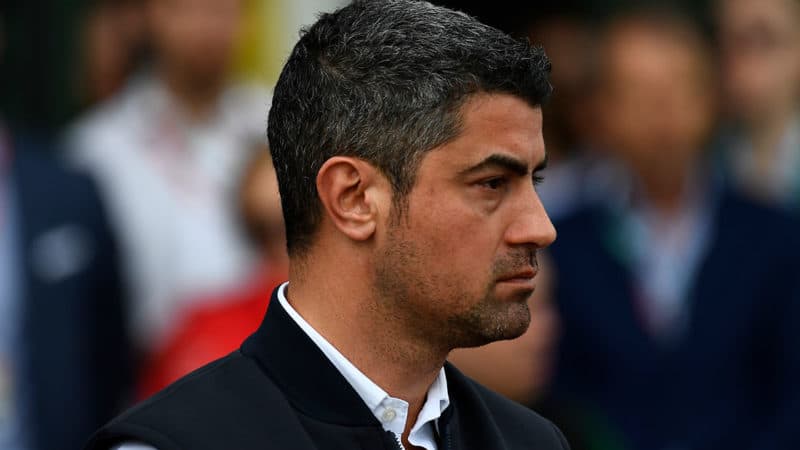“In combination with the objective to finish under green flag racing conditions applied throughout the 2021 season, the report finds that the Race Director was acting in good faith and to the best of his knowledge given the difficult circumstances, particularly acknowledging the significant time constraints for decisions to be made and the immense pressure being applied by the teams.”
Organising the field at the end of a safety car period has previously been left to the race director, but now software will be implemented to prevent a similar situation.
“The process of identifying lapped cars has up until now been a manual one and human error lead to the fact that not all cars were allowed to un-lap themselves,” the FIA continues. “Due to the fact that manual interventions generally carry a higher risk of human error, software has been developed that will, from now on, automate the communication of the list of cars that must un-lap themselves.”
The FIA also highlighted an amendment to the now-infamous “any” line in the regulations: “The 2022 Formula 1 Sporting Regulations have been recently updated to clarify that “all” and not “any” cars must be permitted to un-lap themselves.”
Following the fallout Masi has since been removed from his role and replaced by former deputy race director Herbie Blash, WEC RD Eduardo Freitas and Niels Wittich, who has held the same position in DTM.
Hamilton failed to attend last year’s end of season FIA prize giving, apparently in protest. FIA president Mohammed Ben Sulayem said initially that Hamilton would be show “no forgiveness” if found to have broke the rules, but a compromise appears to have been reached after FIA announced it would be directing €50,000 donated by Hamilton to help someone from an underprivileged background undertake a motor sport qualification.
The FIA also announced the ‘VAR’ system which intends to implement to address on-track incidents, saying a “Remote Operations Centre” had been set up, highlighting its role:
- Procedural and regulatory matters may be referred to the ROC, which operates in an advisory capacity and will not interrupt the workflow of the Race Direction team onsite or cause any delay to the decision-making process
- While similar in principle to the ‘VAR’ in football, the ROC will act as a supporting resource for the Race Direction team with data comparable to that of more than ten simultaneous football matches, including over 140 video and audio sources
- The ROC provides an additional resource for the FIA to thoroughly replay and review aspects of the Competition and the decisions made in order to refine and improve procedures for the future. It does not have any regulatory power and cannot be used to reassess or alter past decisions.


